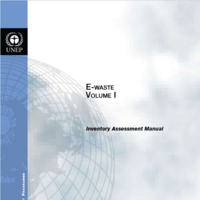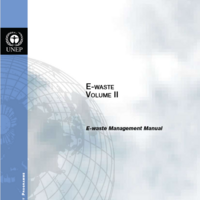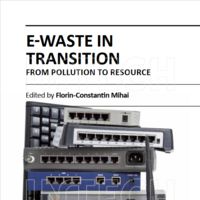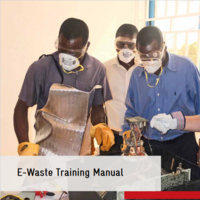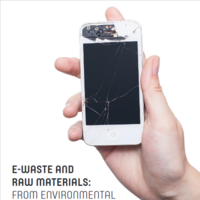Search
Books+
Searching 1,730 books
Search related to the career Hazardous Materials Technician
Duties of a Hazardous Materials Technician:
1. Hazardous Materials Identification:
- Identify and classify hazardous materials based on their chemical properties and potential risks.
- Use specialized equipment and tools to analyze and test substances to determine their hazardous nature.
2. Containment and Control:
- Implement appropriate measures to contain and control hazardous materials to prevent further contamination or release.
- Set up and maintain containment barriers, ventilation systems, and other safety measures to minimize risks.
3. Spill Response:
- Respond to hazardous material spills or releases promptly and effectively.
- Assess the situation, determine the appropriate response actions, and coordinate with other emergency personnel.
4. Decontamination:
- Perform decontamination procedures on personnel, equipment, and affected areas.
- Follow established protocols to safely remove hazardous substances and reduce the risk of exposure.
5. Documentation and Reporting:
- Maintain accurate records of hazardous materials incidents, including details of the materials involved, response actions, and outcomes.
- Prepare reports and documentation in compliance with regulatory requirements.
6. Equipment Operation and Maintenance:
- Operate and maintain specialized equipment used in hazardous materials response, such as air monitoring devices, protective suits, and decontamination systems.
- Conduct regular inspections, testing, and maintenance to ensure equipment is in proper working condition.
7. Training and Education:
- Stay updated on regulations, procedures, and best practices related to hazardous materials handling and response.
- Provide training to other personnel on hazardous materials awareness, safety protocols, and emergency response procedures.
8. Compliance and Safety:
- Adhere to safety protocols and regulatory requirements to ensure personal and environmental safety.
- Follow established procedures for the storage, transportation, and disposal of hazardous materials.
9. Team Collaboration:
- Work collaboratively with other emergency response personnel, such as firefighters, paramedics, and law enforcement, to effectively manage hazardous materials incidents.
- Communicate and coordinate actions to ensure a cohesive and efficient response.
10. Risk Assessment:
- Conduct risk assessments to evaluate potential hazards and develop strategies to mitigate risks associated with hazardous materials.
- Identify potential vulnerabilities and recommend improvements to prevent or minimize future incidents.
Source: Various AI tools
Searched in English.
